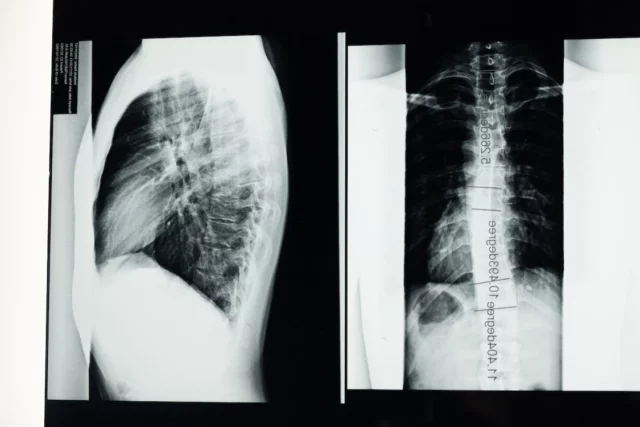 In August, Baylor University student Savannah Crain was returning from a trip with her boyfriend when the unthinkable happened. A driver, distracted by a phone, slammed into Crane’s car after crossing several lanes of traffic. Crane did not see it coming – she was asleep while her boyfriend drove. She was ejected from the car in the accident and suffered fractures in her back, sternum, nose and toes. Since the distracted driving accident, she has had 16 procedures and two surgeries.
In August, Baylor University student Savannah Crain was returning from a trip with her boyfriend when the unthinkable happened. A driver, distracted by a phone, slammed into Crane’s car after crossing several lanes of traffic. Crane did not see it coming – she was asleep while her boyfriend drove. She was ejected from the car in the accident and suffered fractures in her back, sternum, nose and toes. Since the distracted driving accident, she has had 16 procedures and two surgeries.
Crain is working with the Department of Public Safety to educate others about the risks of distracted driving.
According to the Texas Department of Transportation, one in five car accidents is caused by distracted drivers. In 2016, 109,658 recorded accidents involved distracted driving. That number increased 3 percent from the previous year. In those accidents, over 3,000 people suffered serious injuries and almost 500 died. Many of these accidents involved drivers ages 16 to 34.
Distracted Driving
There are three categories of distraction on the road:
- Manual distractions, which involve taking your hands off the wheel
- Visual distractions, which involve taking your eyes off the road
- Cognitive distractions, which involve taking your mind off the task of driving
The reason that cell phones are so dangerous on the road is because they fit into all three categories of distraction. Studies suggest that the average amount of time someone distracted by a cell phone will take his or her eyes off the road is five seconds. At highway speeds, a person can travel the length of a football field in that time.
If you have suffered injury in an accident involving a distracted driver, you may be eligible for damages to help with your medical bills, lost wages, pain and suffering and more. After seeking medical attention, your next call should be to a personal injury attorney.







